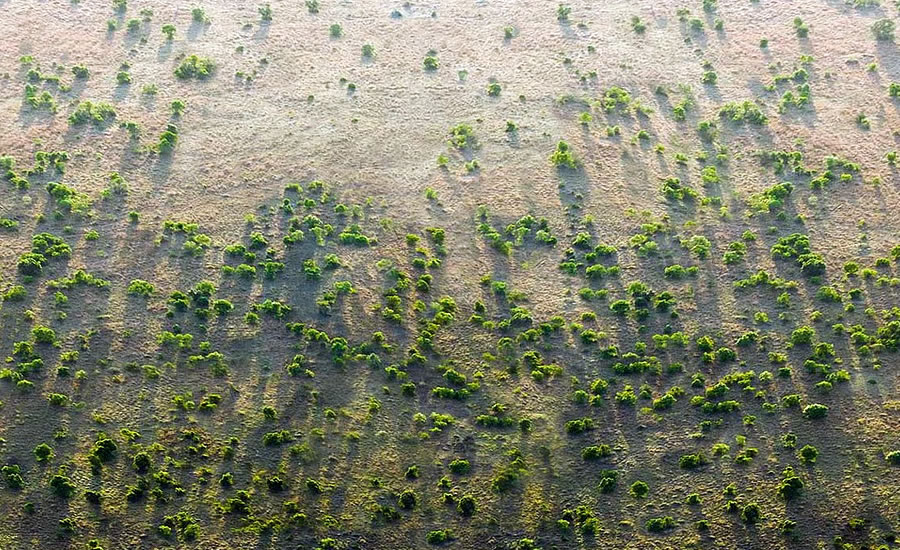
The dream of erecting a natural barrier against the advance of the Sahara is progressing slowly. Eighteen years after its launch, the Great Green Wall of Africa, the continent's largest reforestation project, is still far from achieving its initial goals. Designed to restore 100 million hectares of degraded land from Senegal to Djibouti, the initiative shows little tangible results on the ground.
Recent research by specialists Annah Lake Zhu and Amadou Ndiaye confirms that the ecological impact is limited. Their analysis of satellite imagery reveals that only a small fraction of the reforested areas in Senegal - a pioneer country in the project - show a real increase in vegetation. Most of the trees planted have not survived the lack of water, grazing or the abandonment of protective infrastructures.
The project, sponsored by the African Union in 2007, was born with strong international backing and a pledged budget in excess of $20 billion. However, the funds have remained in the headlines: as of 2023, less than 15% of the pledged money had actually been disbursed. Complex international bureaucracy, political instability in Sahelian countries and weak local administrative capacity have hampered the flow of funding.
Nevertheless, the programme has had some positive effects. The creation of nurseries, the collection of gum arabic or the monitoring of restored areas generate temporary jobs and small incomes in rural communities. In addition, the project has served to stimulate the debate on soil restoration and climate change adaptation in regions where desertification threatens the livelihoods of millions of people.
Researchers agree that the challenge goes beyond money. They call for a more effective monitoring system, with indicators based on real results rather than numbers of trees planted. They also propose taking advantage of new satellite observation technologies to assess progress and reward verifiable achievements. Only in this way, they argue, can the Great Green Wall move from being a symbolic promise to becoming a real belt of life in the desert.
Source: thegreatgreenwall.org; downtoearth.org.in; phys.org
